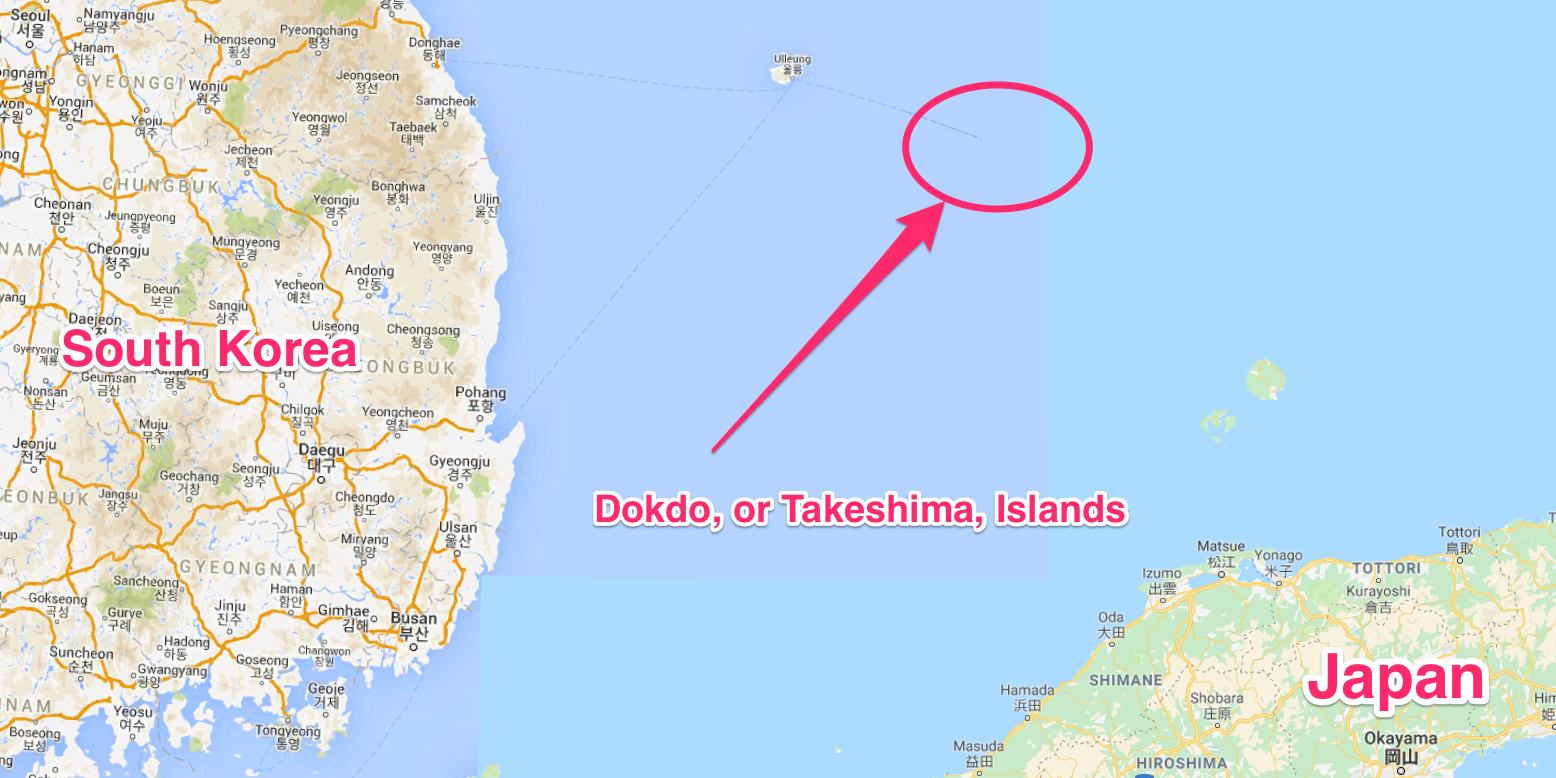- Russian and Chinese aircraft intruded on South Korean and Japanese airspace on Tuesday, causing both countries to scramble jets in response. South Korea fired 360 warning shots in response to one of the Russian aircraft, reportedly an airborne-early-warning plane.
- It was the first time Russia and China cooperated on an air patrol and with nuclear-capable bombers. The exercise inflamed tensions between South Korea and Japan, two US allies that are engaged in a long-standing territorial dispute in the region.
- Some experts believe that the move was directed at the US to signal the fragility of its alliances in the contested region.
- Visit Business Insider’s homepage for more stories.
On Tuesday, Russian and Chinese nuclear-capable bombers provoked tensions between South Korea and Japan, the US’s most important allies in the Pacific. That Japan and South Korea both scrambled jets to respond to the intrusions was a bonus – what they really wanted was to send a message to the US.
Earlier on Tuesday morning, two Russian Tupolev Tu-95MS bombers jets flew over the Sea of Japan and the South China Sea. They were joined by two Chinese H-6K long-range bombers for their first joint air patrol using long-range aircraft in the region, Russian state media reported.
Russia flew a Beriev A-50 airborne-early-warning-and-control airplane over the Dokdo Islands in the Sea of Japan, which Japan calls the Takeshima Islands and claims as its own.
The joint patrol near the disputed island was likely a message to the US about the “durability” of its closest alliances in the region, an Asia-Pacific security expert told INSIDER.
The Dokdo Islands are symbolic of the long-simmering hostilities between South Korea and Japan, which overtook the Korean peninsula by force in 1910 and ruled brutally until the end of World War II.
The A-50 did not respond to repeated radio warnings from South Korea, making it the first Russian military aircraft to intrude on South Korea's airspace. The A-50 flew over the disputed territory twice, just after 9:00 a.m. local time, according to Reuters.
F-15K and F-16K fighter jets from South Korea's air force fired 360 warning shots at the Russian aircraft, which is used to track an adversaries' ships and aircraft. Russia denied that the exercise was aimed at Japan or South Korea. Japan's Air Self-Defense Force scrambled jets to escort the jets, which Japan said flew over the islands of Okinawa and Miyako, according to The Diplomat. The aircraft also flew into South Korea's air defense identification zone, or KADIZ, which is not considered sovereign airspace. The Tu-95MS bombers stayed in the KADIZ for 93 minutes, and the H-6Ks stayed for 84 minutes, South Korea's Yonhap news agency reported.
Japan's foreign minister admonished South Korea for responding, telling The Japan Times that since the islands belong to Japan, it was Japan's responsibility to protect them.
"It is incompatible with Japan's stance that South Korea takes steps on that," Japanese Foreign Minister Taro Ono said on Tuesday.
The very pointed intrusions may have been "testing the durability" of US alliances in the region, according to Natasha Kuhrt, an Asian security expert in the Department of War Studies at King's College London.
"Russia and China know that there are these conflicts in these region," Kuhrt told INSIDER. Exacerbating long-standing conflicts between South Korea and Japan was "more of a signaling device" to the US about the fragility of its alliances in the region, rather than a direct threat to either of those countries.
While Russia has its own territorial dispute with Japan, "It's not really in Russia's interests to damage relations with South Korea," which does trade with Russia, Kuhrt said. "It's probably more to signal to the US."
In particular, Russia and China have long been perturbed about the location of the US's Terminal High Altitude Area Defense, or THAAD, missile-defense systems, which include Romania and South Korea. Both countries say the system destabilizes the region, and China in particular worries that the US will use the system against their missiles.
Kuhrt cautioned against reading too much into the military cooperation between China and Russia. "In my view, there is cooperation, but I don't see there being very in-depth cooperation," she said.
Russia's aggression is part of an ongoing pattern; in June, it flew over Estonian airspace during a NATO exercise, and near Alaska in May.

